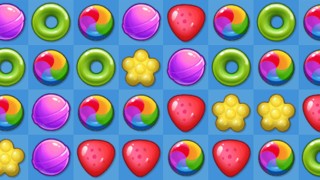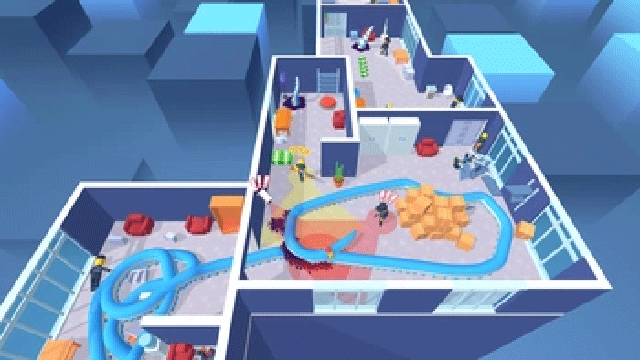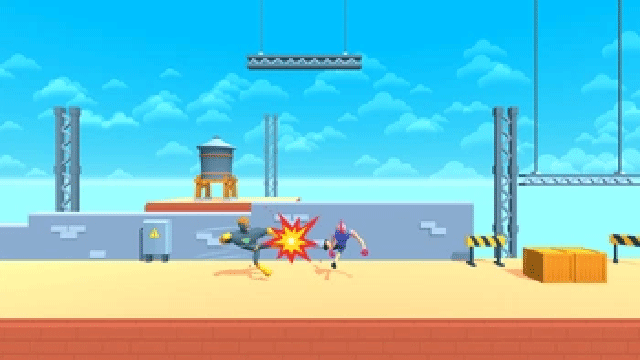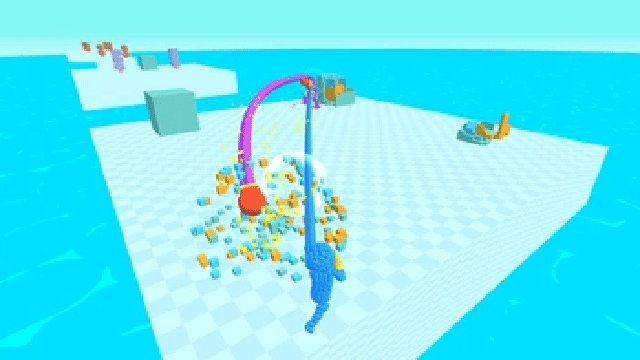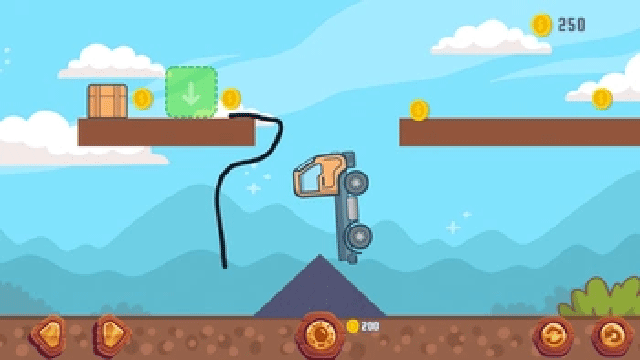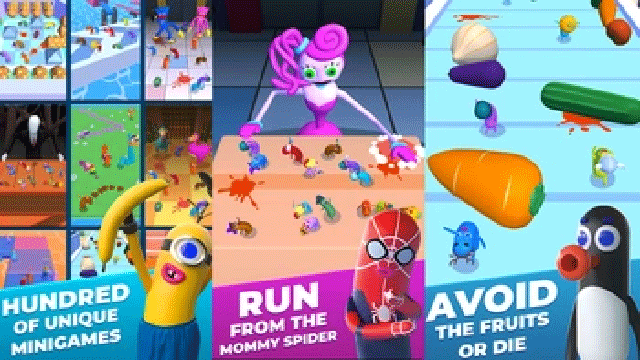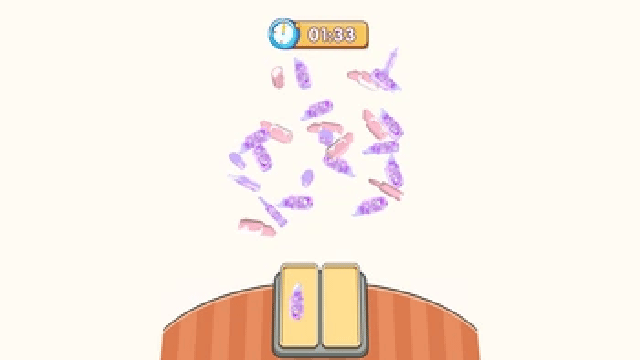Being able to ask your dog to go and relax is really important. If you find yourself getting frustrated because your dog is drooling on your knee while you’re eating at the table, or they’re bouncing around while you’re welcoming visitors, or they’re sitting in front of the TV during your favourite programme, you need to be able to ask them to do something else instead.
In order to ask them to do something else, they need to understand the cue. In order for them to understand the cue, you need to teach them.
A great cue to teach is ‘go to bed’ (or, ‘on your bed’ / ‘go settle’ – whatever works for you) and you can use it when you need your dog to go and relax.
Here’s how to teach your dog to go to bed:
- Make sure that your dog is relaxed and somewhere that’s free of distractions.
- Put your dog’s bed in the place that you’d like them to go and relax.
- To start with, just lure your dog with a treat or a toy and when they have all four paws on the bed, praise them and give them the treat or the toy. This can be easier with a small treat as some dogs may be too excited with the toy.
- To begin with, you’re just getting the dog used to the action of walking to the bed, putting all four paws on the bed and being rewarded. You don’t need to worry about asking them to sit or lie down.
- Now, you can start adding in the cue. Say ‘go to bed’ as you start the lure, which will also involve your hand moving to point to the bed. Your dog has practised the behaviour you’d like them to show, so now you’re adding the words and pairing those words with the movement. Repeat this until your dog is quickly and easily following the cue and being rewarded.
- Now, you can ask your dog to sit or lie down when they get on their bed. So, you’re saying the cue, your dog is going to the bed and once they’re on it, you ask them to sit or lie down… then reward them.
- The aim is that your dog knows the cue and that they learn to stay on the bed so that they’re happy to settle while you have a meal or chat to a visitor. So, you need to start waiting a little bit longer before you reward them. Gradually build up the time and if your dog is unsettled, it just means you need to build up the time more slowly.
- You also need to ensure that your dog is happy to relax on the bed without you sitting next to it, so practise while you’re standing and at different distances from the bed as well as starting to walk away.
- If you take a couple of steps away, go back and fuss/reward your dog… then take four or five steps… so you’re not just disappearing and your dog is happy to relax.
It’s important that you practice this in a quiet environment and that your dog really does understand the cue before you put them to the test for a family meal or when there are lots of visitors. Give yourself the time to teach this over a couple of weeks, set your dog up to succeed and make it fun so that when they hear the cue in the future, they understand and know that going to their bed is a great place to be!







